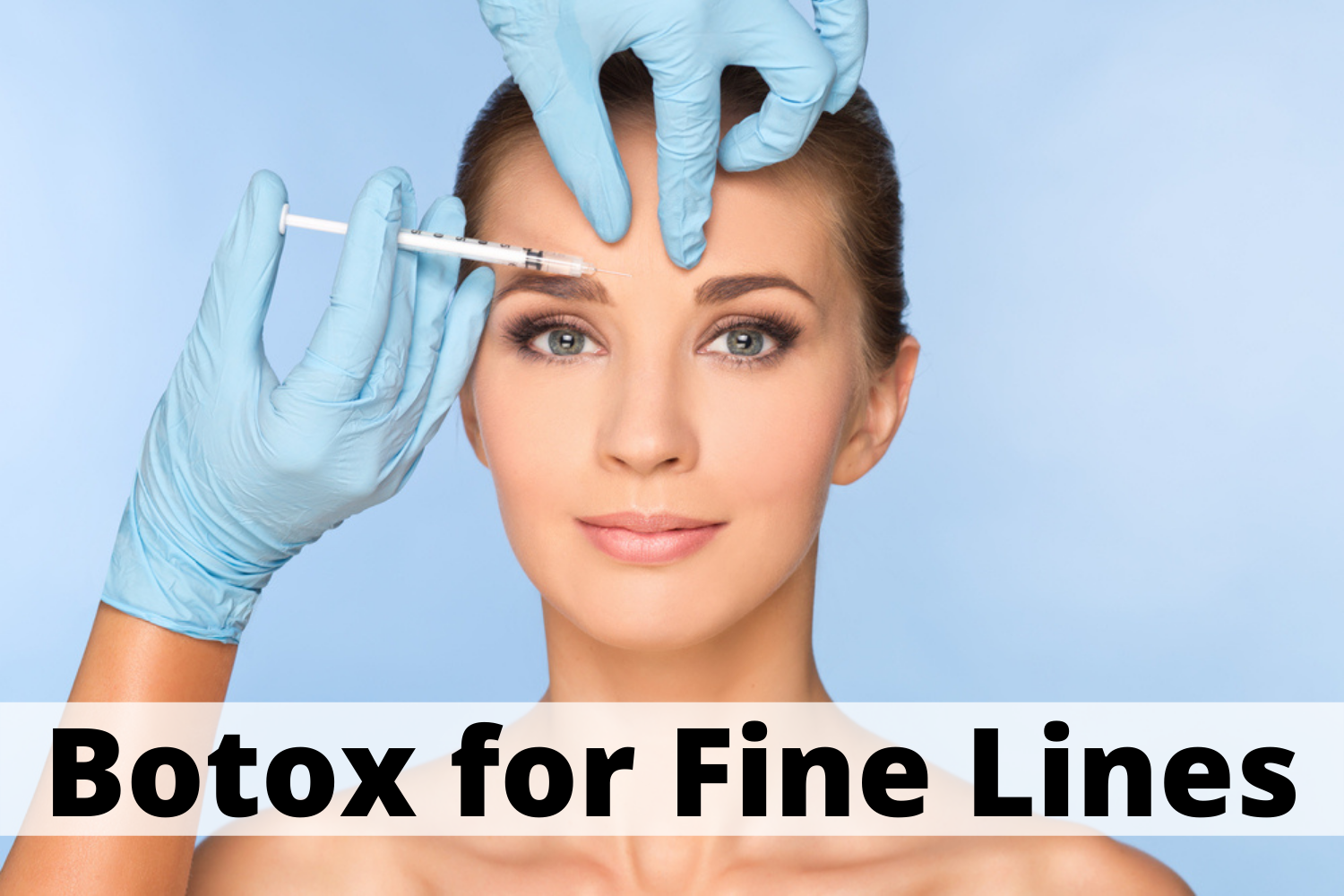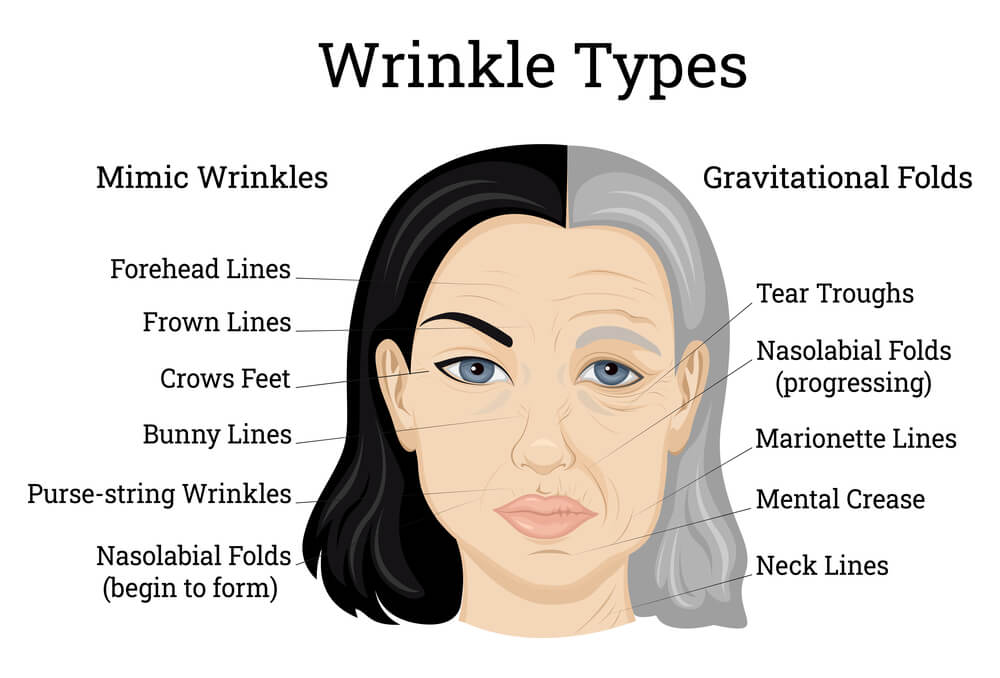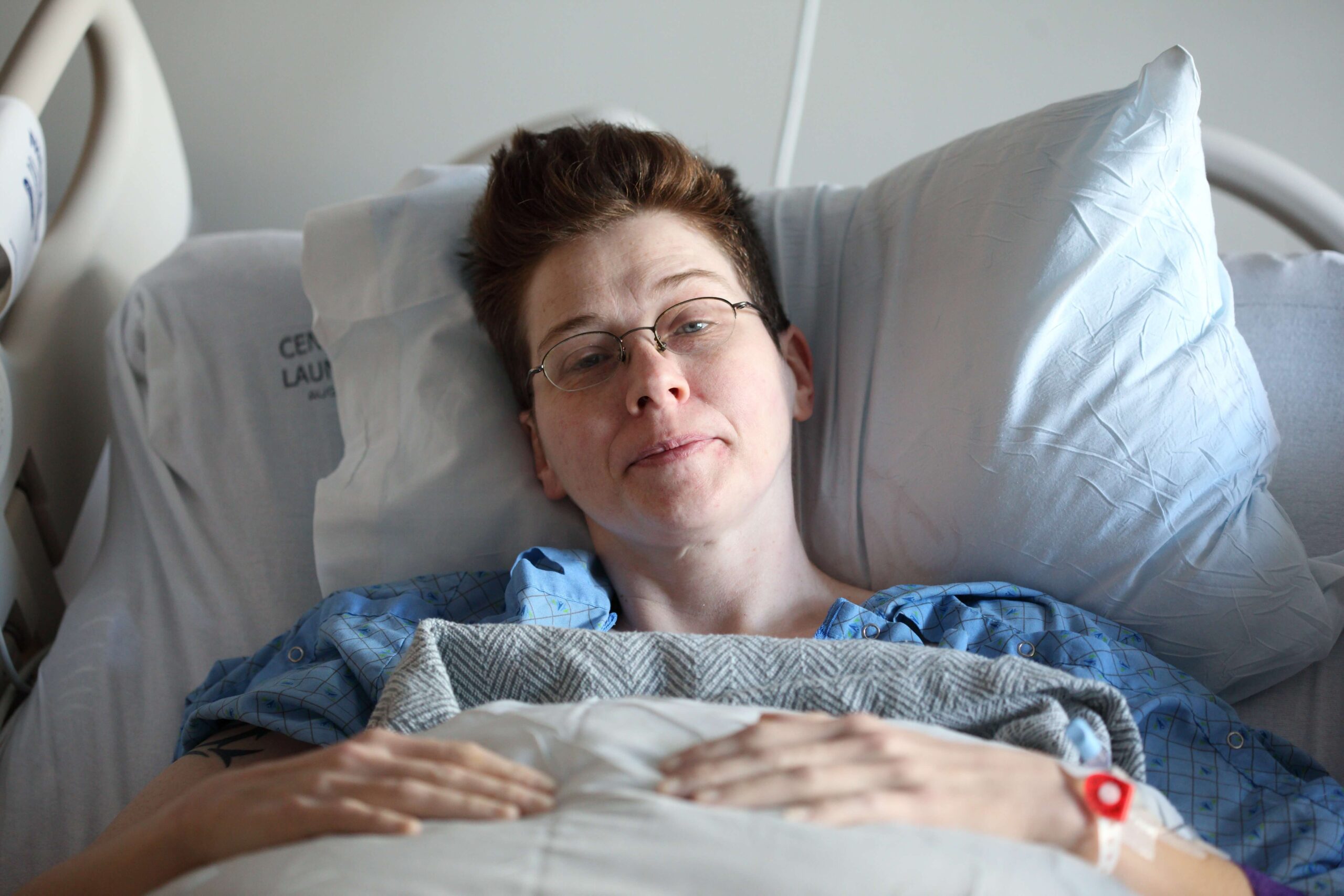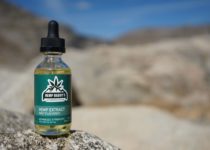Botox for Fine Lines: A Complete Guide
Does using Botox for fines lines and wrinkles really work? Yes, Botox will help smooth out deep wrinkles for several months. This article will go over everything you need to know about Botox – how Botox works for wrinkles, the side effects, similar medications to Botox, and whether it works for wrinkles on the face and neck.
If you’ve ever wondered, “Does using Botox for fine lines really work?” then you are probably someone who has developed fine lines and creases on your face.
As we get older, we tend to develop wrinkles in areas of our face where we frown or laugh a lot. We often call these frown lines. These frown lines occur from the contraction of the muscles in those areas.
I personally have creases in my forehead, around the eyes (often called crow’s feet), and around the sides of my mouth.
The good news is that using Botox for fine lines is very safe and can help reduce the appearance of fines lines and creases on your face and neck for several months.
Botox is an injectable medication that is derived from botulinum toxin, which can cause a temporary paralysis of facial muscles. Botox works by paralyzing the muscles in the areas of your frown lines, resulting in smoother and more youthful looking skin.
This article is intended to help you to know the safety and efficacy of Botox for fine lines and wrinkles. You will also learn about similar medications to Botox that are also used to smooth out creases on your face and neck.
This post is all about the safety and effectiveness of Botox for fine lines and wrinkles.
Here is a summary of what you will learn:
- Botox works by preventing muscle contractions which cause wrinkles. The effects last for 2 to 3 months.
- Botox‘s key ingredient is botulinum toxin. Other similar formulations that also use botulinum toxin are Dysport, Xeomin, and Jeuveau.
- Do NOT use Botox if you are pregnant or breastfeeding.
- Do NOT use Dysport if you have a milk protein allergy.
- Side effects of Botox are rare if administered correctly. Mild side effect include swelling, bruising, or headache.
- Eyelid or eyebrow drooping can occur if Botox is not administered correctly. These side effects are temporary and can be treated by your doctor.
- Botox can be used to improve the results of cosmetic fillers, laser therapy, microscopic ultrasound, or cosmetic facial surgery.
How Botox for Fine Lines Was Discovered
Botox is derived from a bacterial toxin called botulinum. Botulinum was first discovered in 1897 from a bacteria that caused a condition called botulism, which is a rare condition that can weaken a person’s muscles.
Researchers later discovered that botulinum’s muscle paralyzing properties could be used to treat conditions that result in involuntary muscle spasms. For example, botulinum can treat a rare eye twitching condition called blepharospasms.
In 1992, the first small medical study was conducted by a Dermatologist and Ophthalmologist couple to test the effectiveness and safety of botulinum for frown lines between the eyebrows. The results were a success:
- “Sixteen of the 17 patients followed showed improvement for periods ranging from 3 months to 11 months. Side-effects were minimal and transient.
How Botox Works for Wrinkles
Botulinum toxin prevents the release of a neurotransmitter chemical called acetylcholine in your muscle nerves.
By blocking the acetylcholine, botulinum prevents your muscle fibers from contracting on your face, resulting in smoother skin.
Alternatives to Botox for Fine Lines
Botox is not the only formulation of botulinum toxin available in the US market. This section will go over all the different types of botulinum toxin that are approved by the US Food and Drug Administration (FDA).
- Botox (OnabotulinumtoxinA): Botox has been studied the most of all the botulinum toxins. Botox is FDA approved to treat crow’s feet, forehead lines, and forehead lines between your eyebrows. Botox is also frequently used for fine lines in the lower face and neck, although it is not FDA approved for these conditions.
- Dysport (AbobotulinumtoxinA): Dysport is FDA approved for forehead lines between your eyebrows.
- Xeomin (IncobotulinumtoxinA): Xeomin is FDA approved for forehead lines between your eyebrows.
- Jeuveau (PrabotulinumtoxinA): Jeuveau is FDA approved for forehead lines between your eyebrows.
What areas can Botox treat?
Botox has successfully treated many areas of the face and neck in clinical trials. These common areas include:
- Forehead creases between the eyebrows (glabellar rhytides)
- Forehead lines
- Crow’s feet (lateral canthal lines)
- Bunny lines
- Deep lines from the bottom of the nose to the mouth corners (nasolabial folds)
- Wrinkles and folds around the lips
- Sagging neck and neck lines
Below is a nice drawing of how using Botox for fine lines can target specific areas of the face and neck:
Comparison of Alternatives to Botox for Fine Lines
There are not many medical studies comparing Botox to similar formulations of botulinum toxin.
One medical research trial showed that Botox and Xeomin had similar effectiveness for treating forehead creases between the eyebrows.
Similarly, a different medical study showed that B0tox for fine lines around the eyes (crow’s feet) and between the eyebrows have similar effectiveness to Jeuveau.
What are Medical Reasons not to get Botox?
Always ask your doctor if using Botox for fine lines is safe while taking your other medications or if you have other medical conditions.
Below are a list of warnings you should be aware of before using Botox and similar medications:
- Do NOT use Dysport if you have a milk protein allergy
- Do NOT use Botox or similar medications if you are pregnant or breastfeeding
- Do NOT use Botox or similar medications if you have a neuromuscular disorder such as myasthenia gravis, Eaton-Lambert syndrome, myopathies, or amyotrophic lateral sclerosis
- Do NOT use Botox or similar medications if you are taking medications such as certain Alzheimer’s drugs (such as donepezil), quinidine, magnesium sulfate.
What are the Side Effects of Botox?
Common side effects are usually mild and temporary and include:
- swelling at the injection site
- pain and bruising at the injection site
- headache
Uncommon side effects after using botox for fine lines around the eyes usually happen when your doctor injects at the wrong site or uses too high of a dose. These side effects include:
- eyebrow drooping
- eyebrow raising
- eyelid drooping
- double vision
- teary eyes or dry eyes
- difficulty closing eyes
For an excellent overview about possible side effects after using Botox for fines lines around the eyes, watch this video from an Ophthalmologist:
Uncommon side effects after using botox for fine lines on cheeks, around mouth, or on the neck include:
- drooping cheek
- uneven smile
- difficulty moving mouth
- unable to whistle
- difficulty swallowing
These uncommon side effects can last from 2 to 12 weeks.
These uncommon side effects can be avoided by seeing a specialist such as an Ophthalmologist or Dermatologist who has many years of experience injecting Botox.
The eyelid drooping can be treated with a medication called apraclonidine eye drops.
Is Botox Safe Long Term?
Yes, Botox has a surprisingly high safety record. A medical review of 4,103 treatments in 945 patients concluded the following:
- “Long-term, repeated injections of BoNT-A [botulinum toxin A] for corrections of wrinkles in the upper face yield a continuously high level of safety and effectiveness in actual practice.”
However, due to rare side effects such as swallowing and breathing difficulties and death, the Food and Drug Administration (FDA) requires educational materials on these risks to be dispensed to patients who use Botox and similar medications. Additionally, a warning of these risks are written on Botox’s packaging label.
Combining Botox with Other Popular Therapies
Injecting Botox for fine lines is an effective treatment. For deeper wrinkles, your doctor may combine Botox with other therapies such as cosmetic fillers, laser therapy, ultrasound energy, or surgery.
- Cosmetic fillers: Cosmetic fillers such as hyaluronic acid and collagen fix wrinkles by restoring volume to the face and neck areas. Botox for fine lines relaxes the muscles which create the wrinkles. Using Botox and cosmetic fillers together will synergistically fix wrinkles by both restoring volume and relaxing the muscles that cause wrinkles.
- Laser Therapy: Laser skin resurfacing fixes wrinkles through targeted laser therapy that removes the outer layers of your skin. When your skin heals, it becomes smoother and tighter. Using Botox for fine lines before and after laser skin resurfacing can create a longer lasting youthful skin appearance.
- Microfocused Ultrasound: Micofocused ultrasound is a noninvasive procedure that uses ultrasound energy to heat up deeper layers of your skin, which lifts and tightens your skin without damaging it. Microfocused ultrasound has been used with Botox but there is a small chance you may get more side effects when used together.
- Facial Surgery: Medical studies have show that when Botox is used before or after facial surgery such as a facelift, your face will heal faster and there will be less scarring. Botox accomplishes this by minimizing facial muscle contractions, which is the culprit for the ugly appearance of scars.
Injecting Botox for fine lines in conjunction with cosmetic fillers, laser therapy, microfocused ultrasound, or facial surgery is very effective for deeper wrinkles.
However, these procedures are the most expensive options. Healthline estimates about $800 to treat both the forehead and the wrinkles between your eyebrows.
Your dermatologist or ophthalmologist can tell you if these procedures are right for you.
This post was all about the safety and effectiveness of using Botox for fine lines and deep wrinkles.
Other Posts You May Like




